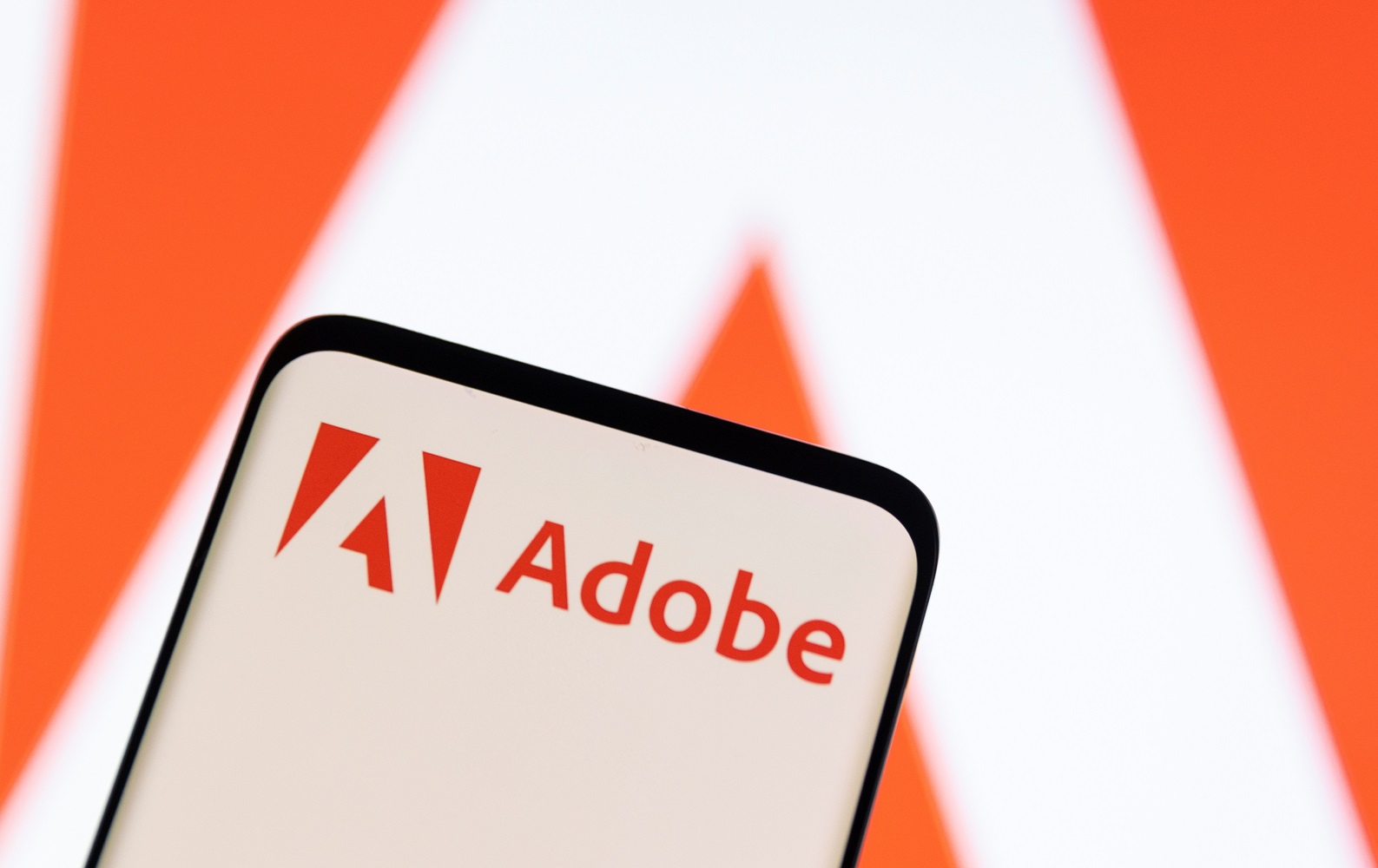Adobe Faces Morgan Stanley Downgrade as AI Adoption Outpaces Monetization


The race to turn artificial intelligence into business growth is no longer confined to Big Tech. Design platforms like Canva and Figma have embedded AI into their core products, while enterprise users are experimenting with generative tools at scale. Against this backdrop, Adobe finds itself under mounting pressure to prove that its AI bets will deliver more than headlines.
ChatGPT alone has amassed roughly 700 million weekly users, a number that has redefined expectations across industries. Canva, with its “Magic” AI suite, has surged to 220 million monthly users, adding enterprise clients at a rapid clip. Figma has pushed further with agent integrations and code-aware workflows, repositioning its collaborative canvas as an AI-enabled platform.
These competitors have set a high bar for Adobe, which has rolled out Firefly inside Creative Cloud, introduced Acrobat AI Assistant, and launched GenStudio to help marketers scale content production.
Register for Tekedia Mini-MBA edition 18 (Sep 15 – Dec 6, 2025) today for early bird discounts. Do annual for access to Blucera.com.
Tekedia AI in Business Masterclass opens registrations.
Join Tekedia Capital Syndicate and co-invest in great global startups.
Register for Tekedia AI Lab: From Technical Design to Deployment.
The adoption numbers are undeniably strong. Adobe says 99% of the Fortune 100 now use AI features in at least one of its apps, with about 90% of its top 50 accounts tied to AI-first products. But the financial story has been less convincing. Adobe shares are down 20.6% year-to-date and more than 11% over the past six months, reflecting Wall Street’s doubts that AI will meaningfully re-accelerate growth.
Morgan Stanley added fuel to those doubts this week, downgrading Adobe to equal-weight from overweight and cutting its price target to $450 from $520. Analyst Keith Weiss argued that Adobe’s Digital Media annual recurring revenue (ARR) isn’t reflecting the pace of innovation.
“Since that upgrade, we have seen the Digital Media ARR growth directionality diverge from the pace and quality of innovation being embedded within the product portfolio,” he said.

The bank’s call emphasized three concerns: monetization is lagging adoption, rivals like Canva, Figma, and Big Tech platforms are intensifying competition, and the reduced price target—nearly 15% lower—signals lower near-term upside. Shares dropped 2.35% to $353.27 on September 24 and edged down further after hours.
Adobe executives insist the momentum is there. CEO Shantanu Narayen said this month that “AI-influenced ARR has now surpassed $5 billion, and we have already surpassed our full-year AI-first ending ARR target.” CFO Dan Durn echoed that optimism, saying AI-first products have already generated $250 million in ARR, a full quarter ahead of expectations. Yet, the aggregate numbers tell another story.
In Q2 fiscal 2025, Adobe’s Digital Media ARR climbed 12.1% year-over-year to $18.09 billion. By Q3, it reached $18.59 billion, but growth slowed to 11.7%. That deceleration has raised doubts about whether AI features are boosting upsell revenue and seat expansion enough to materially change Adobe’s growth trajectory.

The comparison with rivals underscores the tension. Canva has built an AI-powered ecosystem that is attracting enterprise teams en masse, while Figma’s integrations with coding workflows put it at the intersection of design and development. Big Tech, meanwhile, has the luxury of bundling AI into existing cloud and productivity suites, lowering customer acquisition costs. Adobe, by contrast, is trying to monetize AI primarily within its existing Creative Cloud framework, which could limit how fast the revenue needle moves.
Adobe Faces Morgan Stanley Downgrade as AI Adoption Outpaces Monetization
Adobe’s $5 billion in AI-influenced ARR shows the early promise of its strategy for bullish investors. But for skeptics, the slowdown in overall ARR growth suggests AI may prove more of a defensive tool—helping Adobe keep existing users—rather than the disruptive growth engine Wall Street has been expecting.
This means, amid the intensifying competitive landscape, Adobe now faces a dual test: proving its AI tools can fend off rivals like Canva and Figma, while also convincing Wall Street that those same tools can power meaningful, sustained revenue growth.





